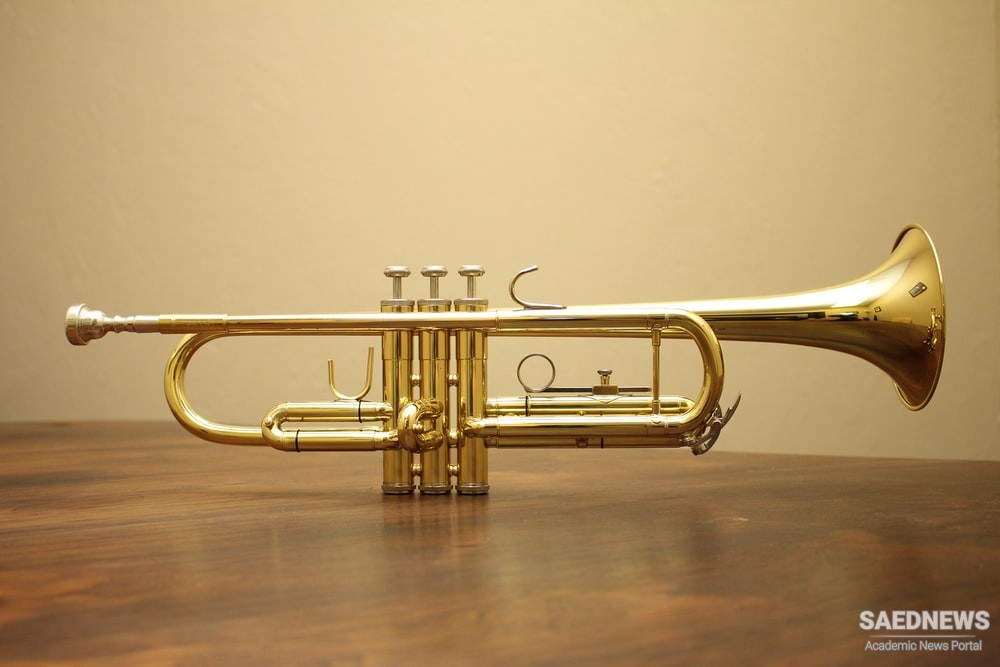The magic and nonmagic uses of the shell trumpet are more varied than those of the tubular trumpet. When the author collected material for his book on the musical instruments of Madagascar, he found that on this one island shell trumpets were blown on the following occasions: boys’ circumcisions, funerals, ancestral rites, practices in which magicians call the dead from their tombs, healing of the sick, sacrifices after a bad dream, bathing of the fetishes, royal ceremonies, wind charms, wrestling matches, convocation of the faithful, warning of danger and musical performances. Sailors and carters in Madagascar also use shell trumpets to give signals and, finally, a system of long and short blasts on shell trumpets can communicate telegraphic messages over great distances. From other parts of the world we have to add rites at harvest and marriage, rain charms, meetings of secret societies and exhibitions of offerings.
As a trumpet with an horrific sound, the conch shares the conno tations of the ordinary trumpet. But the conch itself comes from a water animal. This fact gives it the power of acting on water, and consequently on the moon, which rules the tide and which affects the menstruation of women. Its association with water gave it the power in primitive belief to attract rain, or to stop it when there was too much; instances can be found in so advanced a region as Central Europe, where it is blown into the wind during thunderstorms up to this day. With similar associations the shell trumpet becomes an attribute of moon gods, of Vishnu in India and of Tlaloc in Mexico. Again, as a water and moon instrument, it is kept away from men in certain countries. The natives of New Ireland, for instance, exclude the shell trumpet from men’s dances, but it accompanies dances of the women and is even played by women, especially when a first pregnancy is celebrated.
The connotations of all these instruments, in life and myth, are confusing at first sight. One recognizes, however, that in the cases mentioned certain associations are constant, or at least frequent. Four among our examples are almost exclusively played by women, eight by men, and of these eight instruments four are so strictly reserved for men that women who see them are killed. Three of our instruments are supposed to represent a penis, and four the vulva or the female abdomen, while the sticks or pestles which strike these latter are also conceived as virile organs. All instruments representing the penis are played by men only, and the chief occasion for playing them is at funerals; all instruments decorated with red color are reserved for men and must not be seen by women; vulva instruments are frequently connected with water and moon rites.
The most obvious of these contrasts is the attribution to one of the two sexes: gourd rattles are generally played by women, bull-roarers by men; drums are often played by women with the bare hands, but never with a stick. Division of labor according to sex, well known even in modern occidental civilization, is the rule with primitive peoples. Hunting and boat carving are man’s work, basketry and pottery, in general, woman’s. It may happen that men alter a women’s technique; they then keep the altered technique for themselves while the women, far from adopting the improvement, stick to their old method. Such is the case of pottery, for instance. Berthold Laufer, in his essay on “The Potter’s Wheel,” states that handmade pottery is as a rule woman’s work, the participation of men in this pursuit being always strictly localized and limited. The potter’s wheel, on the other hand, is the creation of man. It must therefore be regarded as an entirely distinct invention which entered the field of pottery from the outside, as it were, and when it came, man came with it and took over the pot-making industry. This historic distinctness of the two methods of pottery making is reflected in the customs current in different countries. In India and China the division of ceramic labor sets apart the thrower or wheel potter and separates him from the molder. The potters of India who work on the wheel do not intermarry with those who do not. They form a caste by themselves. There is also a functional distinction between the two kinds of pots. And most important of all, wherever the potter’s wheel is in use, it is manipulated by men, never by women.


 Trumpet
Trumpet














































